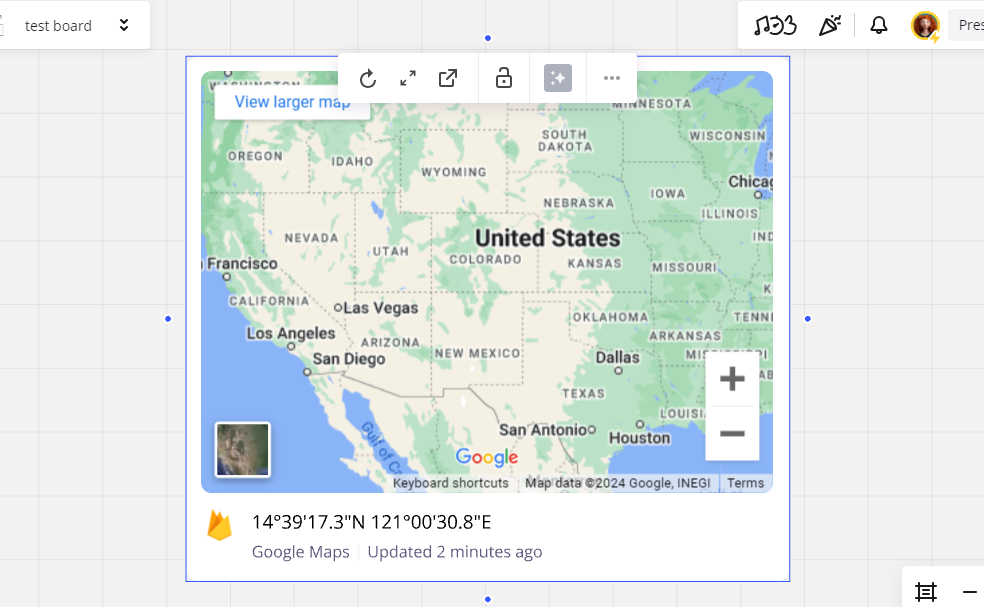As I explore using Miro for a research-based project focused on determining the qibla direction “اتجاه القبلة”, I’ve come across a few challenges that I’m hoping to get some insights on from the community. My goal is to leverage Miro's capabilities for collaborative work, especially when it comes to mapping, visual data representation, and brainstorming sessions with others.
One of the key aspects of my project is that it involves people from various parts of the world who need to work together seamlessly. We need to analyze and share various maps, geographical data, and potentially even 3D models to accurately determine the Qibla direction for different locations. Given the precision required for this task, I’m curious to know how others might be using Miro to handle such data-heavy and detail-oriented work.
I’m particularly interested in learning about the following:
-
Best Practices for Collaborative Mapping: Does anyone have experience using Miro for collaborative mapping? How do you ensure that the geographical data you’re working with is accurate and reliable? Are there specific tools or plugins within Miro that you find particularly useful for this kind of work?
-
Managing International Collaboration: Given that my collaborators are in different countries, time zones, and potentially have varying levels of technical expertise, how do you manage the collaboration effectively on Miro? What strategies have you found helpful to keep everyone on the same page, especially when it comes to sharing complex data like maps and diagrams?
-
Incorporating External Data Sources: I’m considering bringing in data from various external sources, such as GPS coordinates and other mapping tools, to enhance the accuracy of our Qibla direction findings. Has anyone done something similar? How do you integrate external data sources into Miro without losing the interactive and collaborative benefits of the platform?
-
Visualizing Complex Data: Given the nature of Qibla direction research, the data can sometimes get complex, involving different layers of information. How do you use Miro to visualize this data effectively? Are there specific templates or methods within Miro that you would recommend for organizing and presenting such detailed information?
I’m really interested in hearing from others who might have tackled similar projects or who have insights into how Miro can be used in such a precise and collaborative way. Any tips, experiences, or advice you could share would be greatly appreciated. Thank you!





